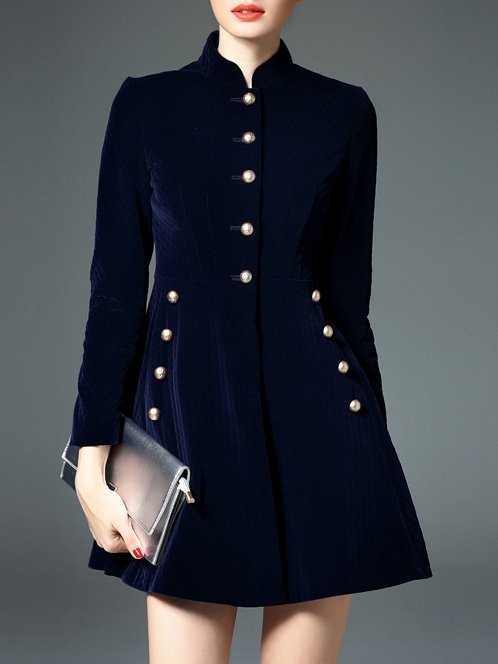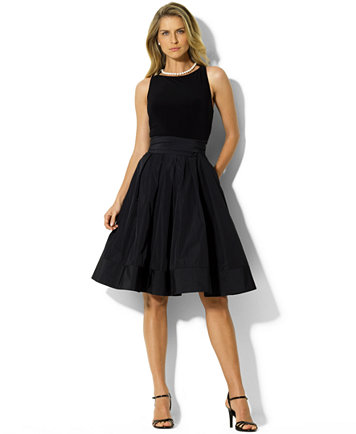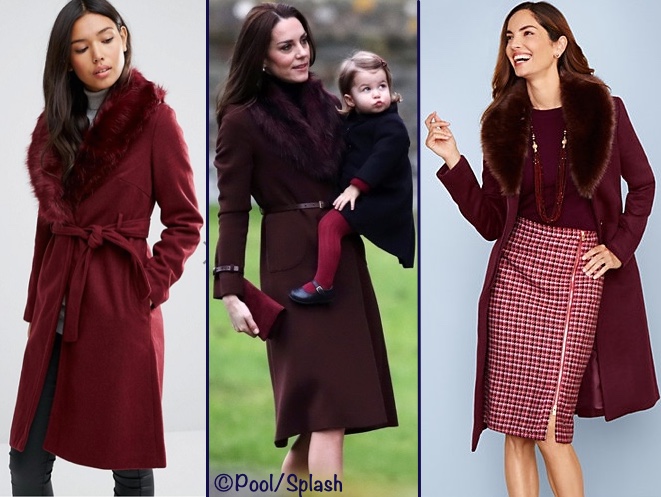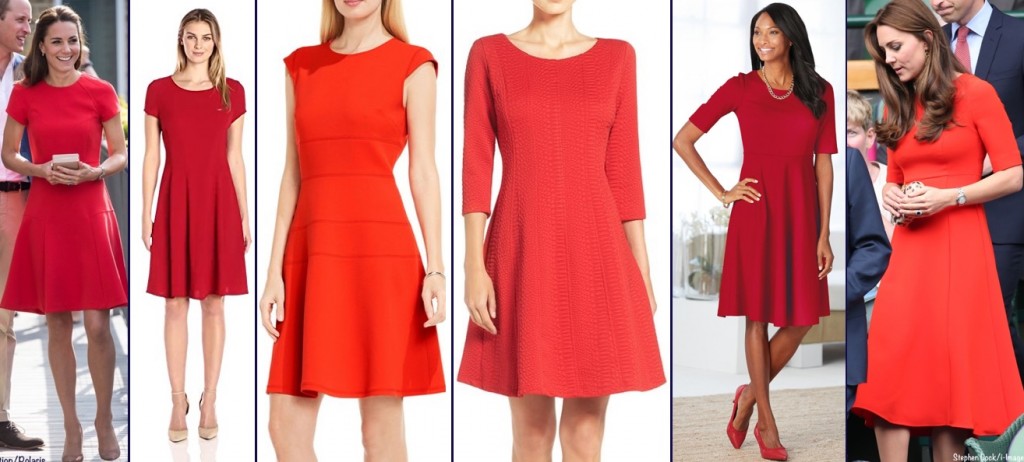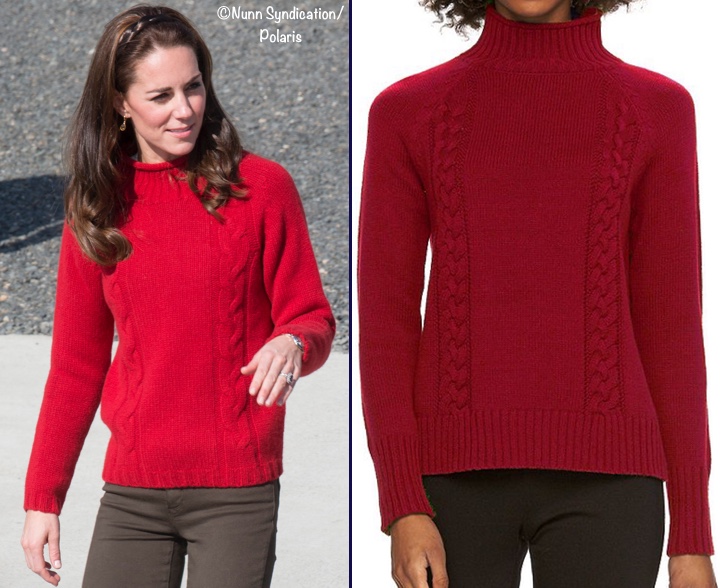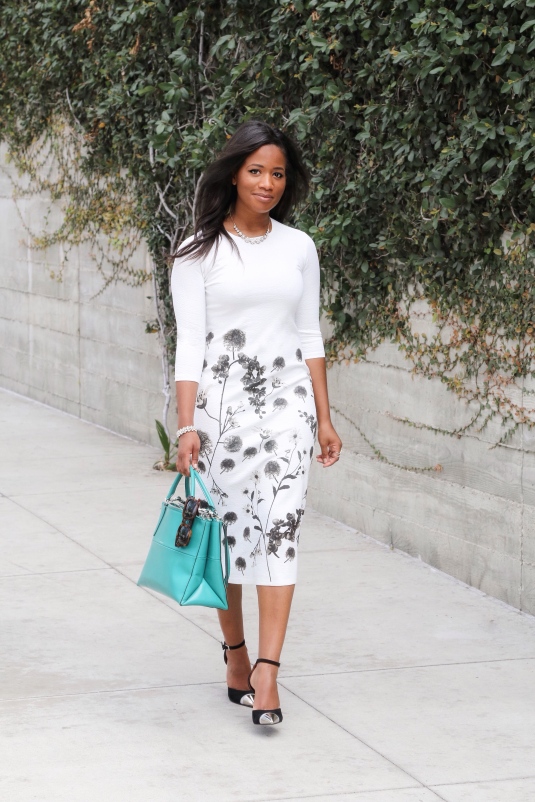Use link to see tweets
http://onemileatatime.boardingarea.com/2017/03/26/united-leggings-dress-code/
Here’s Why United Was (Probably) Right To Deny Boarding To A Girl In Leggings
March 26, 2017 by
lucky 59 Comments
Update: As expected, United has now confirmed that these passengers were non-revs. I have further thoughts about how the dress code for employees/non-revs may indeed be sexist, but still think the gate agent acted appropriately.
There’s an interesting situation that’s getting a bit of attention on Twitter today about a lady who witnessed a few girls be denied boarding off a United flight because they were wearing leggings.
The Twitter user was flying from Denver to Mexico City, while she witnessed the situation unfold for a flight from Denver to Minneapolis (I’m not sure how exactly that happened, but…). Anyway, here are the Twitter posts about the situation:
Understandably this sounds horrible, given that leggings are a very common article of clothing for women to wear. I see women of all ages wear them all the time. This caused some people to ask about the race of the girls being denied boarding. Was this gate agent being sexist, racist, or something else?
The (likely) simple/innocent explanation
Well, I suspect this situation actually has a very innocent answer. The girls in question were likely non-revs, as they’re subjected to a dress code. Here’s the dress code for non-revs on United:
- Pass riders’ overall appearance should be well-groomed, neat, clean and in good taste.
- Attire should be respectful of fellow revenue passengers, employees and pass riders.
- Pass riders may wear denim attire (such as jeans), shorts that are no more than three inches above the knee and athletic shoes when traveling in Coach or Business cabin.
The following attire is
unacceptable in any cabin but is not limited to
:
- Any attire that reveals a midriff.
- Attire that reveals any type of undergarments.
- Attire that is designated as sleepwear, underwear, or swim attire.
- Mini Skirts
- Shorts that do not meet 3 inches above the knee when in a standing position.
- Form-fitting lycra/spandex tops, pants and dresses.
- Attire that has offensive and/or derogatory terminology or graphics.
- Attire that is excessively dirty or has holes/tears.
- Any attire that is provocative, inappropriately revealing, or see-through clothing.
- Bare feet
- Beach-type, rubber flip-flops
As you can see, “form-fitting lycra/spandex tops, pants and dresses” aren’t allowed for non-revs.
Now, of course it’s possible that the gate agent was incorrectly applying standards to revenue passengers, though I see no reason to assume that. When there’s a perfectly reasonable explanation for something, there’s no reason to assume foul play.
The one way United screwed this up
Unfortunately United really dropped the ball on Twitter with this situation, though. When asked about their clothing policy, they reference the contract of carriage, and say they have the right to refuse passengers for their dress, including “passengers who are barefoot or not properly clothed.” Given how many people wear spandex, I have no reason to believe that’s the case.
It sounds like the person working United’s Twitter account just came up with the fastest defense and explanation to the situation, rather than investigating this specific situation. That’s backfiring.
Shouldn’t non-revs know the dress code?
They should indeed. If you’re an employee you should know the dress code. If you’re the family of an employee, you should know the dress code. And if you’re an employee and give buddy passes to friends or family, you need to make sure they know the rules as well. If they misbehave while traveling with your benefits, it could get you in trouble.
But you’d be surprised by how often people don’t know the rules. I’ve seen non-revs be told they need to change a countless number of times, as recently as last weekend on a New York to Los Angeles flight.
Now, one could certainly argue that clothing guidelines for non-revs are a bit outdated. The intent of course is that flying is a privilege for employees and their family, and they should have a nice appearance. Is that still necessary nowadays? I don’t know. But that’s the logic behind the rule.
Bottom line
Is it possible that this gate agent was applying arbitrary clothing standards to revenue passengers? I suppose so. However, it’s much,
much more likely that these were non-rev passengers, who have a dress code they’re subjected to. In my own travels I’ve seen people be told they need to be changed many times, and under all circumstances I believe they were non-revs.
The problem here is how United handled the situation on Twitter, which is now causing media outlets to write stories about it with headlines like “United Airlines Won’t Let 10-Year-Old Girl in Leggings on Flight & Defends Decision on Social Media” (the article just published by
Black Sports Online).
I give United the benefit of the doubt on this one, despite their horrible Twitter performance.
Where do you guys stand on this?










